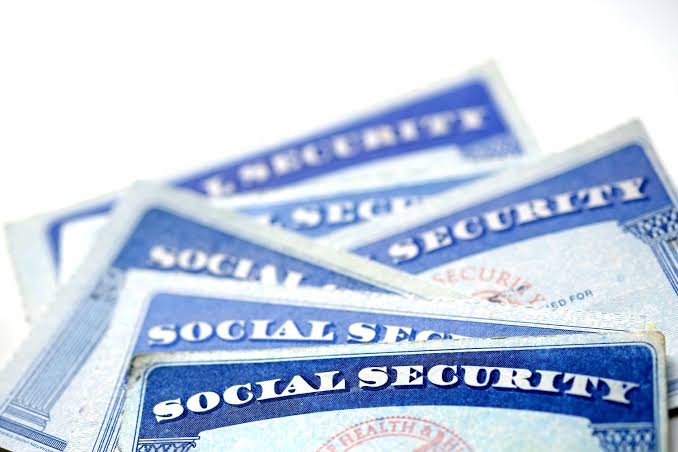In 2025, headlines are swirling about “$12,000 stimulus payments” — and while it’s not technically a fourth federal stimulus check, the rumors are based on real money you might be able to claim. Thanks to a combination of tax credits at the federal and state level, many low- to moderate-income families could receive up to $12,000 in refunds. But this isn’t some overnight deposit; it’s a series of stacked benefits—some automatic, some you must file to receive.
Let’s walk through what’s real, what’s rumor, and how you might unlock thousands of dollars in refunds, including payments the IRS is quietly mailing out right now.
No $12K Check, But the IRS Is Sending Out Money in 2025
Let’s clear the air first: there is no single $12,000 federal stimulus check being mailed to everyone in 2025. But something just as valuable is happening.
According to the IRS, around 1 million taxpayers are receiving $1,400 stimulus payments they missed out on from the 2021 American Rescue Plan. These are being issued automatically—no new paperwork needed—if you’re eligible and recently filed your taxes. On top of that, if you haven’t claimed that $1,400 for yourself or your dependents, you still can—by filing a 2021 tax return by April 15, 2025.
So, no brand-new federal stimulus… but real money is still on the table.
How Families Can Get to $12,000 Through Tax Credits
Where does the $12,000 figure come from? In states like California, families can combine multiple programs to reach that amount. Here’s how:
-
Federal Earned Income Tax Credit (EITC): For 2023 tax returns, families with three or more qualifying children and income below $63,398 may receive up to $7,430.
-
California EITC (CalEITC): California residents earning below about $30,931 can claim up to $3,529.
-
Young Child Tax Credit (YCTC): Families with a child under age 6 may be eligible for an additional $1,083.
Added together, that’s $12,042—all legally available through refundable tax credits. But here’s the catch: you must file a tax return to get any of it.

Who Qualifies for These Payments?
Here’s a quick guide to eligibility:
-
EITC (Federal): Must earn less than ~$63,398 (varies by filing status and children). Refund amount depends on income and family size.
-
CalEITC: Only for California residents; income must be under $30,931. You can qualify even if you made as little as $1!
-
YCTC: Must also qualify for CalEITC and have a child under 6 during the tax year.
-
Recovery Rebate Credit ($1,400): Applies to those who didn’t receive their 2021 stimulus. File your 2021 tax return before April 15, 2025.
How and When to Get Paid
If you’re eligible:
-
File your 2023 tax return as soon as possible to claim EITC, CalEITC, and YCTC.
-
File your 2021 tax return (if you haven’t already) to claim the $1,400 Recovery Rebate Credit.
-
Choose direct deposit to receive refunds in as little as 21 days.
-
Use free tax filing services if you qualify based on income.
There is no one lump-sum $12,000 payout, but for many working families, especially those with kids, the total amount from combined credits can be life-changing.
Why This Matters Now
This isn’t just about checking a box on your tax return. Millions of dollars go unclaimed every year because people think they don’t earn enough to file taxes. But if you qualify—even with low or no income—you might be leaving money on the table. Worse, if you wait too long, that money could disappear forever.
The deadline for the Recovery Rebate Credit is April 15, 2025. After that, the $1,400 vanishes for good.
Final Word: No $12K Check… But Real Help Is Here
If you’ve been hearing about $12,000 in stimulus payments, now you know the truth: you won’t get one check for that amount, but many families can unlock that much money through existing federal and state programs. And some taxpayers are even getting surprise checks from the IRS if they forgot to claim their 2021 stimulus.
Bottom line? Don’t wait. File your taxes, double-check your eligibility, and get what’s rightfully yours.



